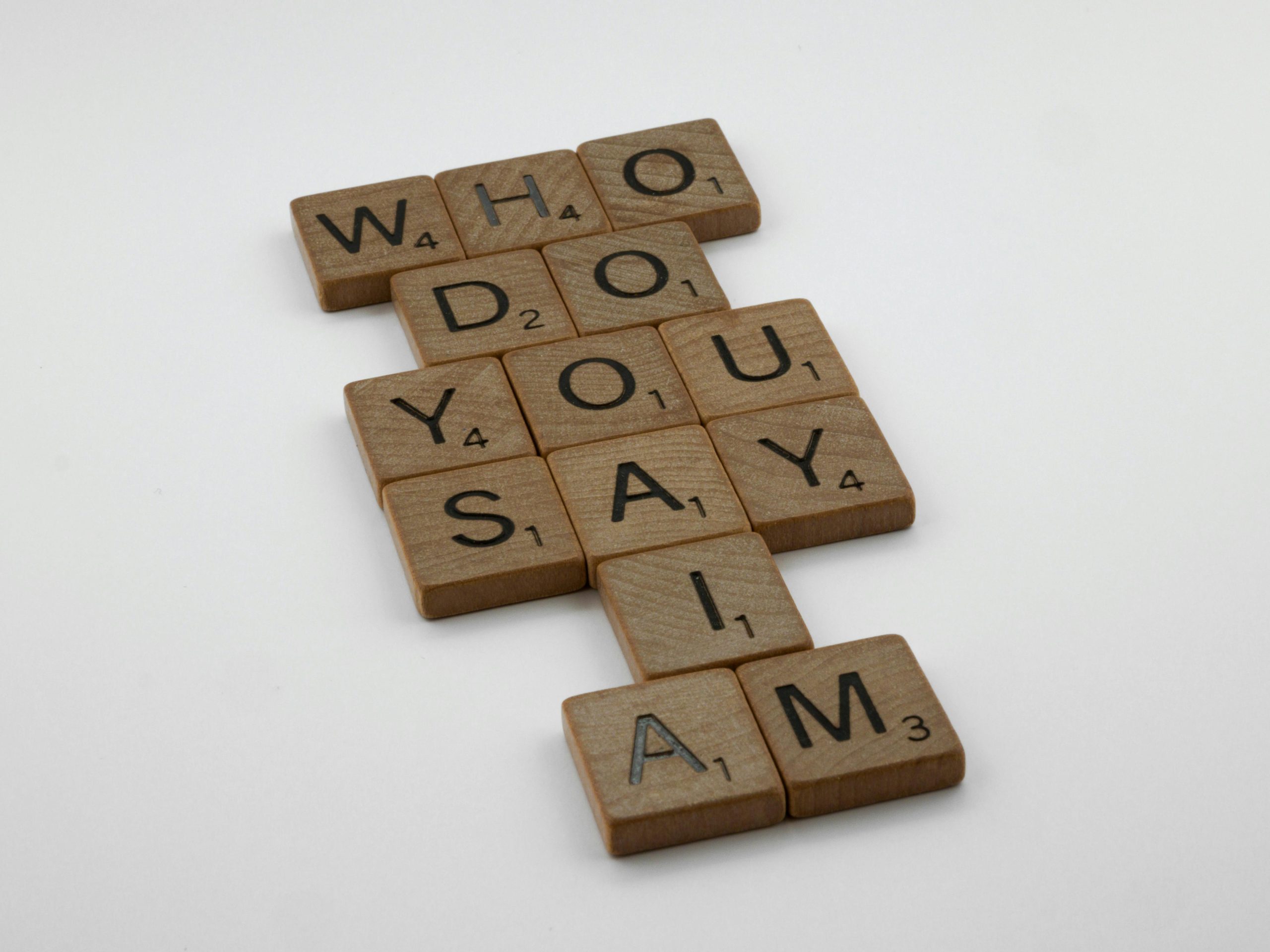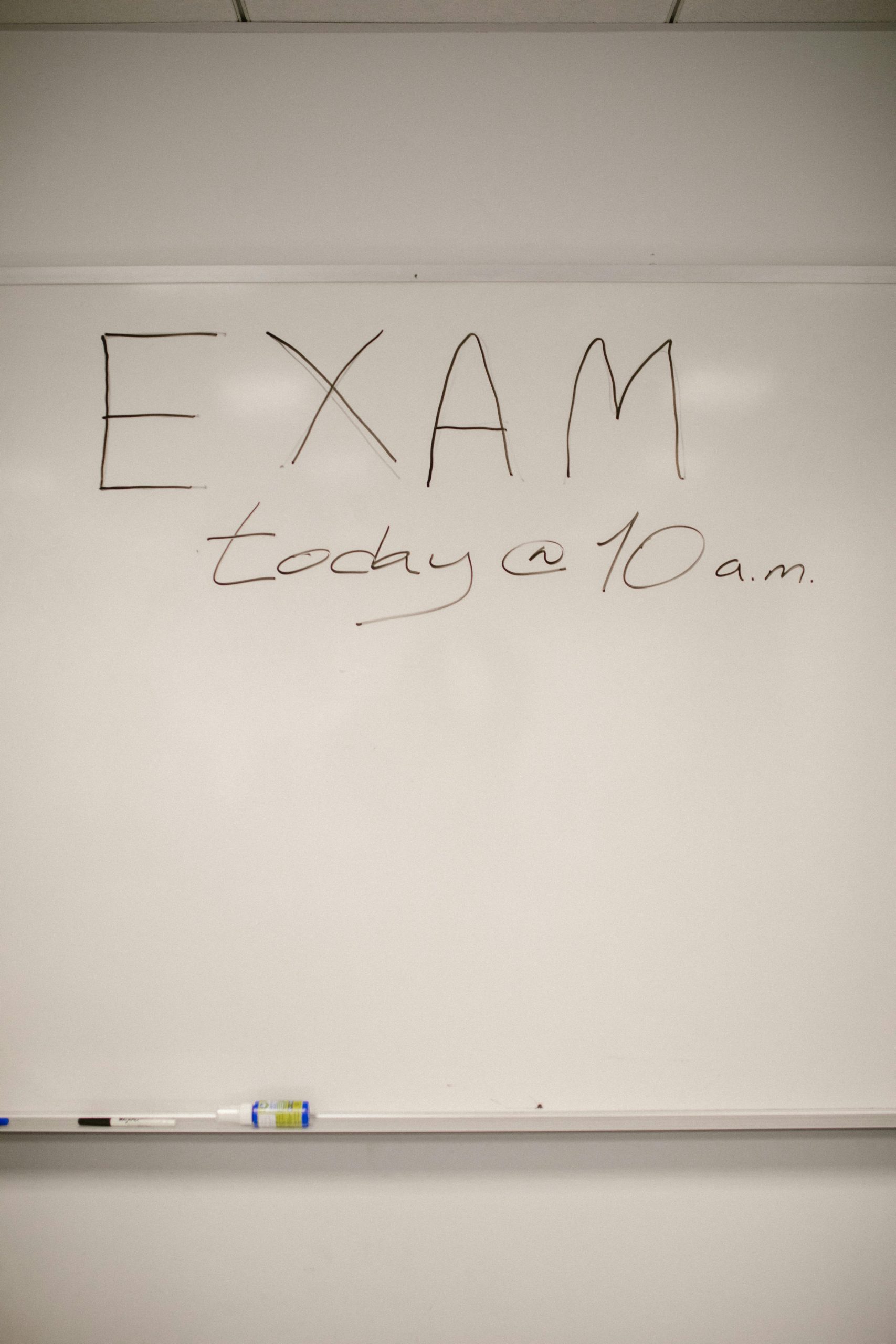Auto Insurance Situation: I Was Involved in a Hit and Run, But the Truth Is Hard to Validate
Location: California
Questions I Have:
1. Could sending the photos, the requested diagram, and the witness statement to my adjuster negatively affect my case?
2. How can I clarify the diagram further?
3. Should I provide all the photos I have?
4. I’m looking to recover my $500 deductible and ensure that this incident doesn’t impact my record.
Background of the Incident: (Photos: https://imgur.com/a/m4I4z4L)
Due to road closures, all vehicles were required to merge left, with cones set up by police. A white minivan, seemingly trying to avoid the police presence at the intersection around 9 PM on a Friday, attempted to veer right before realizing the need to go left. During this maneuver, the van collided with my car.
I have images taken after the incident, once I was close to the cones. My insurance company is looking to subrogate—and I can’t shake the feeling that they might be searching for reasons to deny my claim. The police report noted that there is no conclusive evidence proving that the other driver hit me.
I do have a written witness statement, but the witness has requested not to be contacted anymore about this.
The estimated damage to my vehicle is around $4,000, and I am the owner of the silver sedan involved.
Based on my instincts, I suspect that the driver of the minivan may have been intoxicated. Upon seeing the police, he attempted to turn right but was obstructed by the cones, forcing him to turn left instead.
Witness Account:
“On July 17, my daughter and I were returning home on Alicia. We encountered an accident on Kite Hill, where the police had closed the road, forcing all vehicles to make a U-turn. All three lanes were merging into the left turn lane, which wasn’t particularly orderly. There was a white Toyota Sienna minivan and my silver sedan trying to cut in front of each other. Suddenly, we heard what sounded like a collision between the two vehicles as the minivan moved in front of the sedan. The minivan then made a quick U-turn and left the scene, while the sedan did the same and pulled over. We overheard an officer talking to the sedan owner, who said he had just been hit. We then continued our U-turn and drove away.”
Any guidance or advice would be greatly appreciated!




Sorry to hear about your experience. Here are some insights that might help you with your questions:
Sending PICS, DIAGRAM, and WITNESS STATEMENT: Providing this information to your adjuster should not harm you, as long as the details are honest and true. It’s best to cooperate fully to support your claim. However, if you are worried about self-incrimination or revealing something that could negatively impact your case, consider consulting with an attorney before sending anything.
Making the DIAGRAM More Clear: Ensure your diagram clearly shows the positions of all vehicles involved, the direction each vehicle was traveling, and the road layout, including the cones and police presence. Label everything clearly, including the point of impact, to help the adjuster understand the sequence of events.
Sending ALL PICS: Only send the pictures that are relevant to the claim or that help illustrate your version of the events. Focus on pictures showing damage to your vehicle, the scene of the accident, and any other pertinent details like road signs or the arrangement of the cones. Too many irrelevant pictures might confuse the adjuster.
Seeking Your $500 Deductible Back: It’s reasonable to seek your deductible back if you can prove that the other driver was at fault. Document everything thoroughly and maintain a clear line of communication with your insurance adjuster. As for your record, ensuring that your insurance company handles the other party’s liability claim properly is key. Be clear and persistent with them about your concerns.
Given the complexity of hit-and-run situations and the varying interpretations by insurance companies (especially if there’s a lack of evidence), it may also be wise to seek advice from a legal professional who deals with auto insurance claims. They can provide guidance specific to your case and assist in ensuring your rights are protected. Good luck!